Can We Measure Energy in Pigeons? Part 1
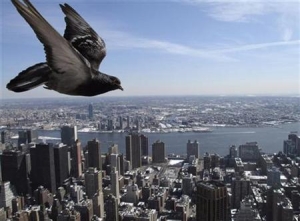 When we go to the city for the day or a weekend, we make sure that we are well prepared for the trip. We take a coat, our wallet, perhaps a camera and an umbrella, just in case. We also make sure the car is ready. We fill the gas tank and make sure the ownership and insurance cards are in the glove compartment, prepared for any eventuality.
When we go to the city for the day or a weekend, we make sure that we are well prepared for the trip. We take a coat, our wallet, perhaps a camera and an umbrella, just in case. We also make sure the car is ready. We fill the gas tank and make sure the ownership and insurance cards are in the glove compartment, prepared for any eventuality.
If the return trip is 250 kilometres and we get 10 km to one litre of fuel then we know we need 25 litres in the tank to make the trip. Otherwise we will have to stop along the way to add some fuel to the tank in order to get home. You are probably thinking, what does this have to do with pigeon racing? Well, everything.
Our pigeons are also prepared for a flight each week. On the short races (Vitesse) we feed a little lighter and less then for the middle distance (Midfond) and for the long races (Fond) usually peanuts are fed, in order to give the birds more energy. But, are we giving them enough? How we feed them is often a matter of, it feels right.
The top fanciers know from experience what works. But, always there is that question in the back of your mind, “Did I get it right?” What will happen if the wind shifts? To-day, we seek more information and we are justified in asking; has there been research done on the energy requirements of pigeons during flight? Protein, carbohydrates (sugars) or fats? What do we know about them? To date, research has been done at different universities (Guelph in Ontario, Canada and Gent in Belgium).
Presently there are some interesting tests being done with pigeons, which were fitted with a transmitter on their backs. Just before they are released an antenna is attached to the transmitter and these birds can be followed via satellite. It will probably soon be technically possible to follow the flight path of the bird via the Internet. From the use of these transmitters, we will learn many interesting facts in the near future. This field is still in its infancy. I think presently the transmitters are still too heavy to give us realistic and reliable information.
We still have to rely on what we know presently. Meanwhile, science has not stood still. At the University of Gent pigeons were tested in wind tunnels. The pigeons were fitted with the needed hardware and flew into the wind without being able to fly ahead one meter. By attaching a mask over the birds beak (see photo) the exhaled breath could be collected to determine precisely what the bird used. These birds had to first learn how to fly in the wind tunnel.
The results were interesting. It turned out, that pigeons during the first 10 minutes used practically all of their carbohydrate reserves. They used them to reach height and speed. These carbohydrates (glycogen or mono-sacharide) are stored in the white muscle and are directly available. When these carbohydrates are used up, then for the next +/- 50 minutes the fats that are in body (blood) are used. These so called “blood fats” were on the way to the red muscles fibers to be stored as fat reserves. These red muscles fibers contain +/- 97 ½% unsaturated fatty acids. This is the fuel for the trip home. The “light blood fats” in the body are manufactured from the carbohydrate and fat rich grains that were fed at the last 3 meals. If after 1 hour this fuel is used up, then gradually the fuel used is changed to the fat reserves stored in the red muscle fibers. A pigeon uses during flight 3 to 3.5 grams of fat per hour. The exact amount depends on the difficulty of the flight and on the efficiency of the particular pigeons system. For example, there are body builders with heavy thick muscles and there are marathon runners who have long thin muscles.
See also: Can We Measure Energy in Pigeons? Part 2
Article Written by Wim Mulder
The Leading Online Pigeon Racing and Racing Pigeons Magazine – The Pigeon Insider

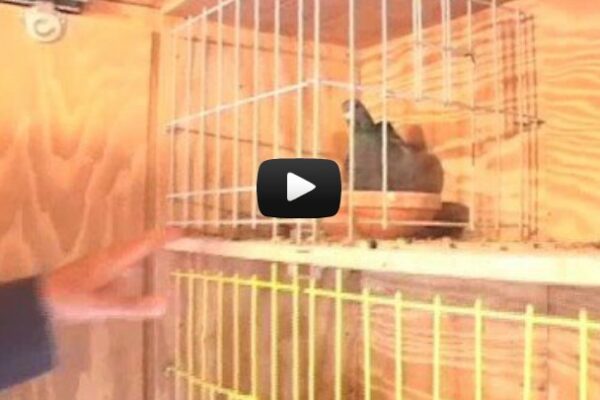
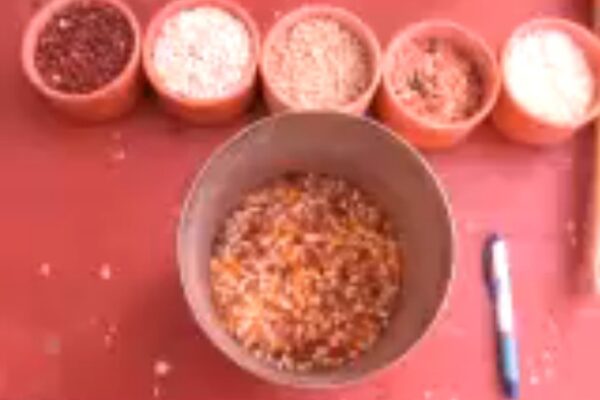


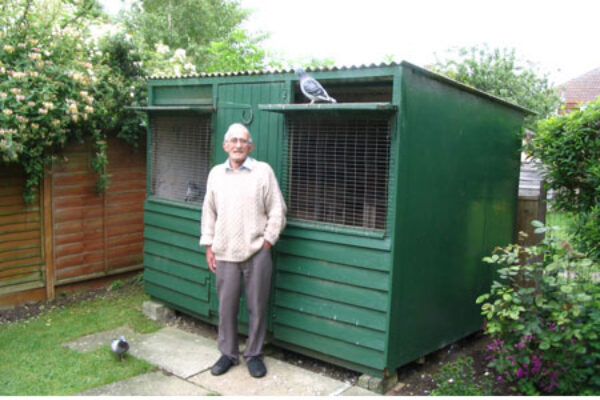
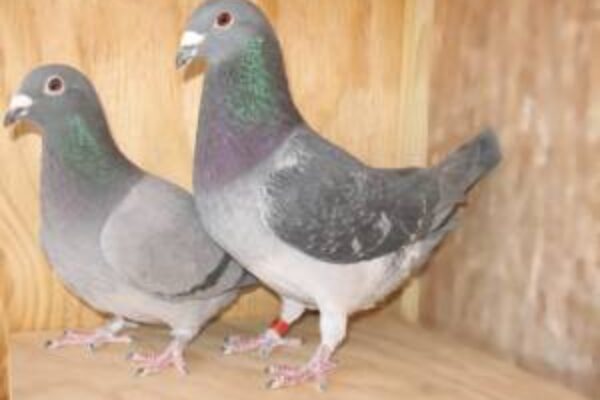


Hi Chris very well done fatty acids use at the right time are great.